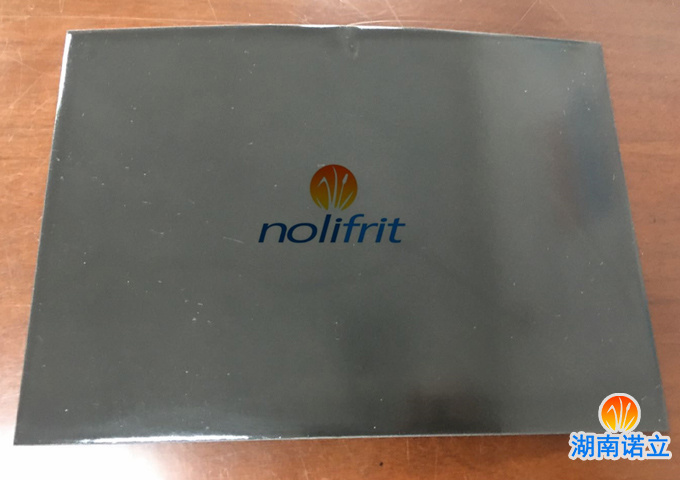Long-term Boiling Water Resistance of Enamel
The repeated contact of enameled equipment or containers with boiling water or hot water must be determined with reference to long-term boiling water erosion, which can be determined with reference to the DIN-ISO2744 (DIN51165) standard. It is especially worth considering for the inner tank of enameled water heaters.

The test method can refer to DIN-ISO2744 (DIN51165) and DIN4753T3, refer to the boiling period proposed in the standard, the test time is set at six weeks, the test solution must be deionized, and the water replacement cycle can refer to the following procedure.
1 to 5 days Water replacement every day (1st week)
6 to 7 days without water replacement
8 to 12 days Water replacement every day (the second week)
13 to 14 days without water replacement
15 to 19 days Water replacement every day (the third week)
20 to 21 days without water replacement
22 days The test sample was removed from the device, cleaned and weighed according to the DEZ-MB3.8 standard, and then the test sample was placed on the test device for the second week of testing.
23 to 26 days water replacement every day (fourth week)
27 to 28 days without water replacement
29 to 33 days Water replacement every day (5th week)
34 to 35 days without water replacement
36 to 40 days Water replacement every day (6th week)
41 to 42 days without water replacement
Day 43 Like the 22nd day, remove the test sample, wash, dry, and weigh.
The test device refers to the standard DIN-ISO2734.
Test time. If there is no further agreement, six weeks of test time is sufficient, and the second round of test results is evaluated.
The test temperature, if there is no further agreement, the test temperature is set at the boiling point of water.
The substrate of the test sample must be consistent with the substrate of the actual container. Taking into account the accuracy of the test, the thickness of the substrate should not exceed 2 mm, the thickness of the enamel layer should not be less than 0.25 mm, and there should be no defects on the surface of the ceramic layer.
The test sample can be prepared in the laboratory or in the production workshop. In the latter case, the test sample should be made of stainless steel and fired on the inner wall of the container. In this case, the test sample The firing process system is consistent with the actual production products.